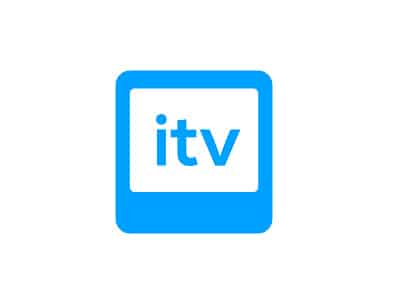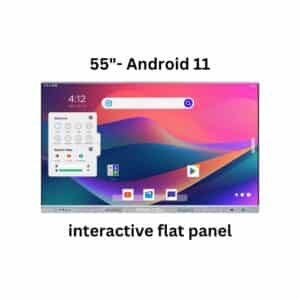In today’s fast-paced business environment, effective communication and collaboration are essential for success. Interactive whiteboards (IWBs) are quickly becoming a must-have tool for modern meeting rooms, offering a dynamic and engaging way to share ideas, brainstorm, and work together.
What are Interactive Whiteboards?
IWBs are large, touch-sensitive displays that function as both a whiteboard and a computer screen. They allow users to write, draw, annotate, and manipulate digital content directly on the board using their fingers or styli.
Benefits of Interactive Whiteboards for Meeting Rooms
- Enhanced Collaboration: IWBs encourage active participation and real-time collaboration. Multiple users can work on the board simultaneously, adding ideas, making edits, and engaging in discussions.
- Increased Productivity: IWBs eliminate the need for traditional whiteboards and projectors, saving time and streamlining meeting processes. Content can be easily saved, shared, and accessed later, ensuring everyone stays on the same page.
- Improved Engagement: IWBs make presentations and meetings more interactive and engaging. Dynamic visuals, multimedia content, and interactive features can capture attention and spark creativity.
- Remote Collaboration: Many IWBs offer built-in video conferencing tools, enabling seamless collaboration with remote participants. This is particularly helpful for teams spread across different locations.
- Enhanced Accessibility: IWBs can be customized to meet the needs of all participants, including those with disabilities. Features like adjustable screen height, voice recognition software, and tactile feedback can make meetings more inclusive.
Choosing the Right Interactive Whiteboard for Your Needs
When selecting an IWB for your meeting room, consider the following factors:
- Size: Choose a size that is appropriate for the room and number of users.
- Resolution: Higher resolution displays offer sharper images and better visibility.
- Touch Technology: Consider the type of touch technology used, such as infrared or capacitive touch, and ensure it is compatible with your needs.
- Software: Choose an IWB with software that is easy to use and offers the features you require.
- Connectivity: Ensure the IWB has the necessary ports and connectivity options to connect to your devices.
- Budget: IWBs come in a range of prices, so determine your budget and choose a model that fits your needs without exceeding your financial constraints.
Investing in an IWB is a smart decision for any business looking to improve communication, collaboration, and productivity in their meeting rooms. With a wide range of features and functionalities available, there is an IWB solution that is perfect for every need and budget.
Additional Tips for Using Interactive Whiteboards
- Prepare in advance: Create templates, agendas, and other materials beforehand to optimize meeting time.
- Use the right tools: Explore the various features and functions of your IWB to enhance your presentations and brainstorming sessions.
- Encourage participation: Invite all attendees to contribute to the discussion and use the IWB to capture their ideas.
- After the meeting, share the notes and action items electronically to keep everyone on track.
By incorporating these tips and utilizing the full potential of interactive whiteboards, you can transform your meeting rooms into dynamic hubs for collaboration and innovation.









Leave a reply